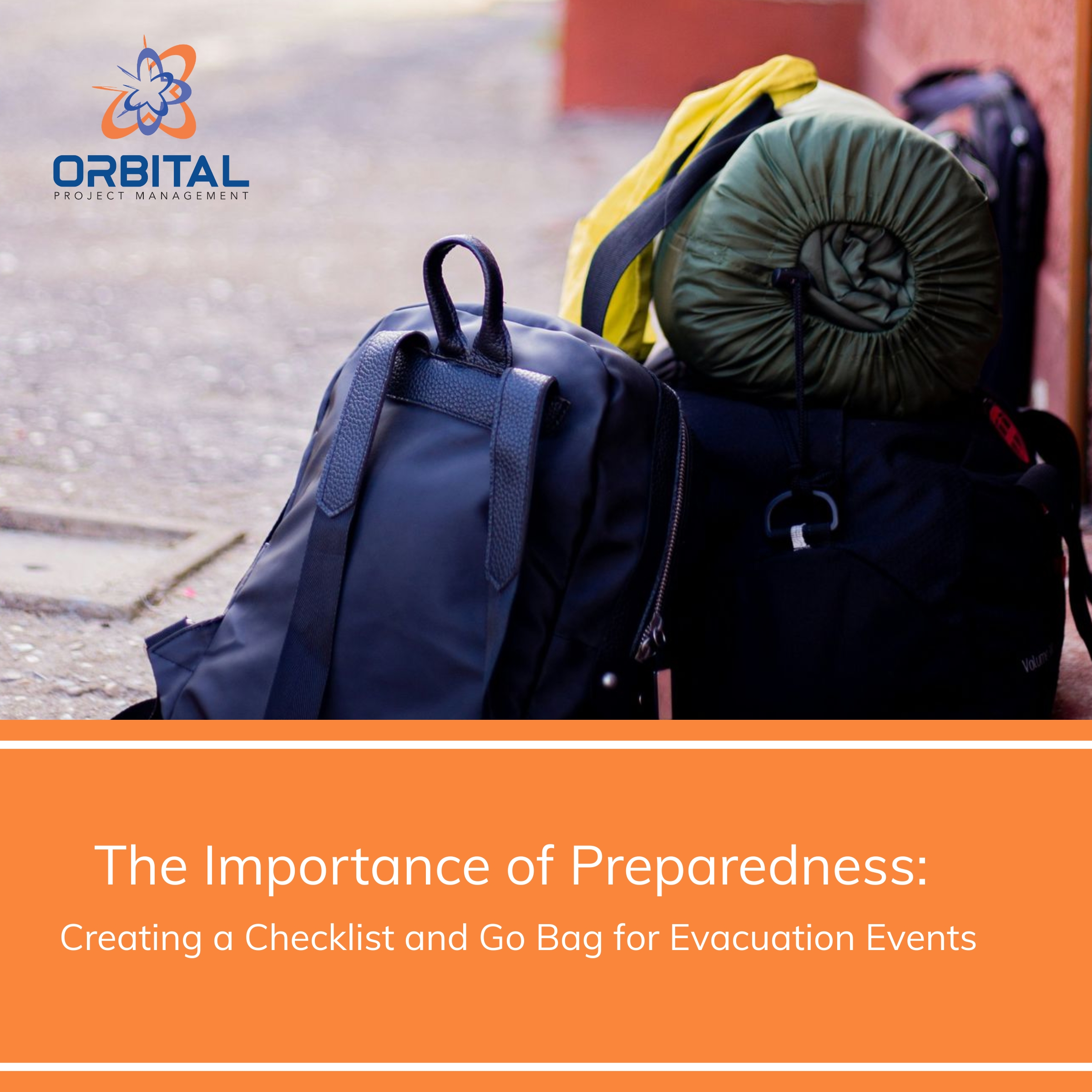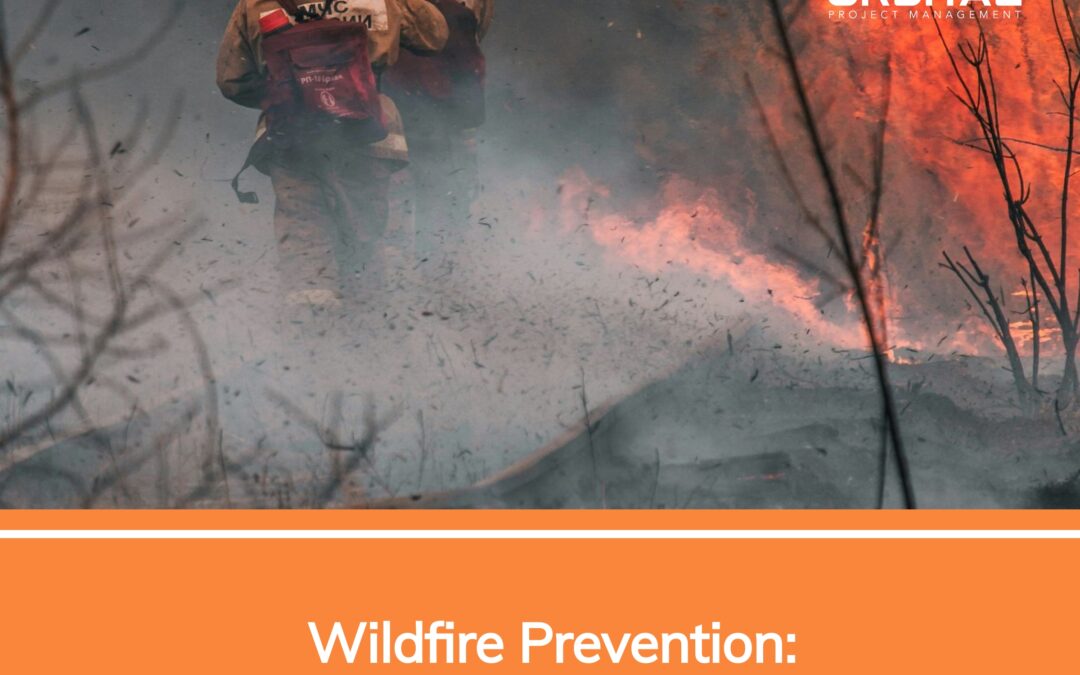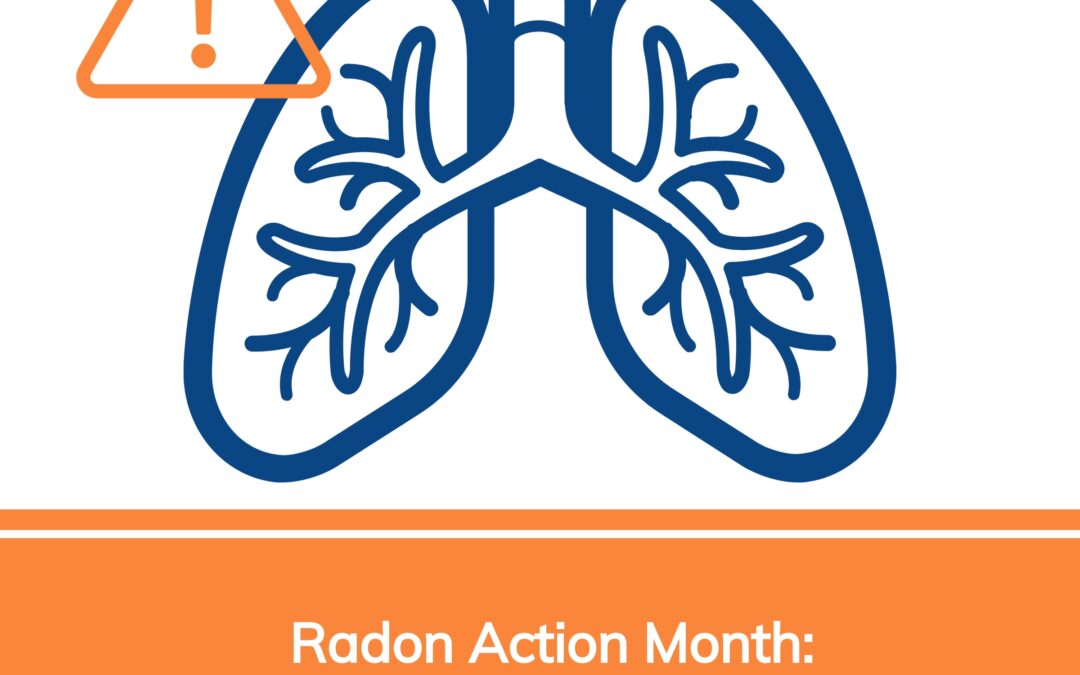Living in an area prone to severe weather events or potential evacuations can be challenging. However, being prepared can make a significant difference during an emergency. One of the best ways to ensure you’re ready for unpredictable circumstances is to create a comprehensive checklist and assemble a “go bag.” Here’s how and why to do it.
Why You Need a Checklist and Go Bag
- Peace of Mind: Knowing you have a plan in place brings peace of mind. When severe weather strikes, you won’t have to scramble for essentials.
- Time Efficiency: In emergencies, time is of the essence. A checklist helps you quickly assess what you need to grab, minimizing last-minute panic.
- Safety: Having essential items ready increases the likelihood of your safety and well-being during and after an emergency.
- Avoiding Stress: During chaotic situations, a well-thought-out checklist can reduce stress, helping you focus on what matters most — keeping your loved ones safe.
- Comprehensive Forethought: A checklist ensures you think of everything, from supplies to important documents, preventing oversight that could complicate your evacuation.
How to Create Your Checklist
- Assess Your Needs: Tailor your checklist based on your household. Consider the ages and needs of family members, including pets.
- Categorize Items: Divide your checklist into categories, such as:
- Important Documents: IDs, insurance policies, medical records
- Emergency Supplies: Water, non-perishable food, first aid kit
- Clothing: Sturdy footwear, weather-appropriate clothing
- Personal Items: Toiletries, medications, cash
- Communication Tools: Mobile phones/devices, batteries, portable chargers
- Local Resources: Research local emergency services, shelters, and resources specific to your area’s weather risks to include in your checklist
Assembling Your Go Bag
A “go bag” is a portable kit that contains essentials you’ll need during evacuation. Here’s how to put one together:
- Choose a Durable Bag: Select a sturdy, waterproof backpack or duffle bag that is easy to carry. For large families, plan for all capable persons to carry a bag of divided supplies, if needed.
- Fill It with Essentials:
- Water: At least one gallon per person per day for three days
- Food: Non-perishable meals, energy bars, and snacks for three days
- First Aid Kit: Include bandages, antiseptics, pain relievers, and any personal medications
- Flashlight and Batteries: Essential for navigating power outages
- Multi-tool: Handy for various situations, from repairs to food prep
- Comfort Items: A blanket or sleeping bag, and a small comfort item for children
- Whistle or Noise Device: To signal for help
- Pet Supplies: Check out this SPCA article about what to include for pet evacuations
- Organize: Use ziplock bags or smaller pouches to keep items organized and easy to access.
- Review and Update: Regularly check your go bag to replace expired items and update documents as necessary.
- Practice Evacuation: Familiarize your family with what’s in the go bag and conduct practice evacuations to ensure everyone knows the plan.
Planned Reunification
If evacuations occur when family members are not together, have multiple planned options for reunification. Know where schools plan to bus children off campus in the event of an emergency. If possible, have all family members attempt to contact a pre-designated family member or friend who resides away from the impacted region and would have access to communication. Designating a meeting place can be difficult when the evacuations cover a large region, such as those impacted by wildfire in California. Having multiple options can improve outcomes.
Final Thoughts
Preparedness is about more than just having supplies; it’s about instilling a mindset of readiness in your household. A checklist and go bag can greatly enhance your safety during unexpected weather events, ensuring that you’re ready to respond quickly and effectively. Take the time today to prepare, and you’ll be better equipped to handle whatever nature throws your way. Remember, being prepared is not just a precaution—it’s a vital component of your family’s safety and peace of mind.
Our thoughts and prayers are with those affected by the recent southern California wildfires.
Keeping Safety at the Forefront
Each month, we offer quick tips related to safety matters, both on and off the jobsite. Subscribe to our monthly newsletter, The Nucleus, and have them delivered right to your inbox.






